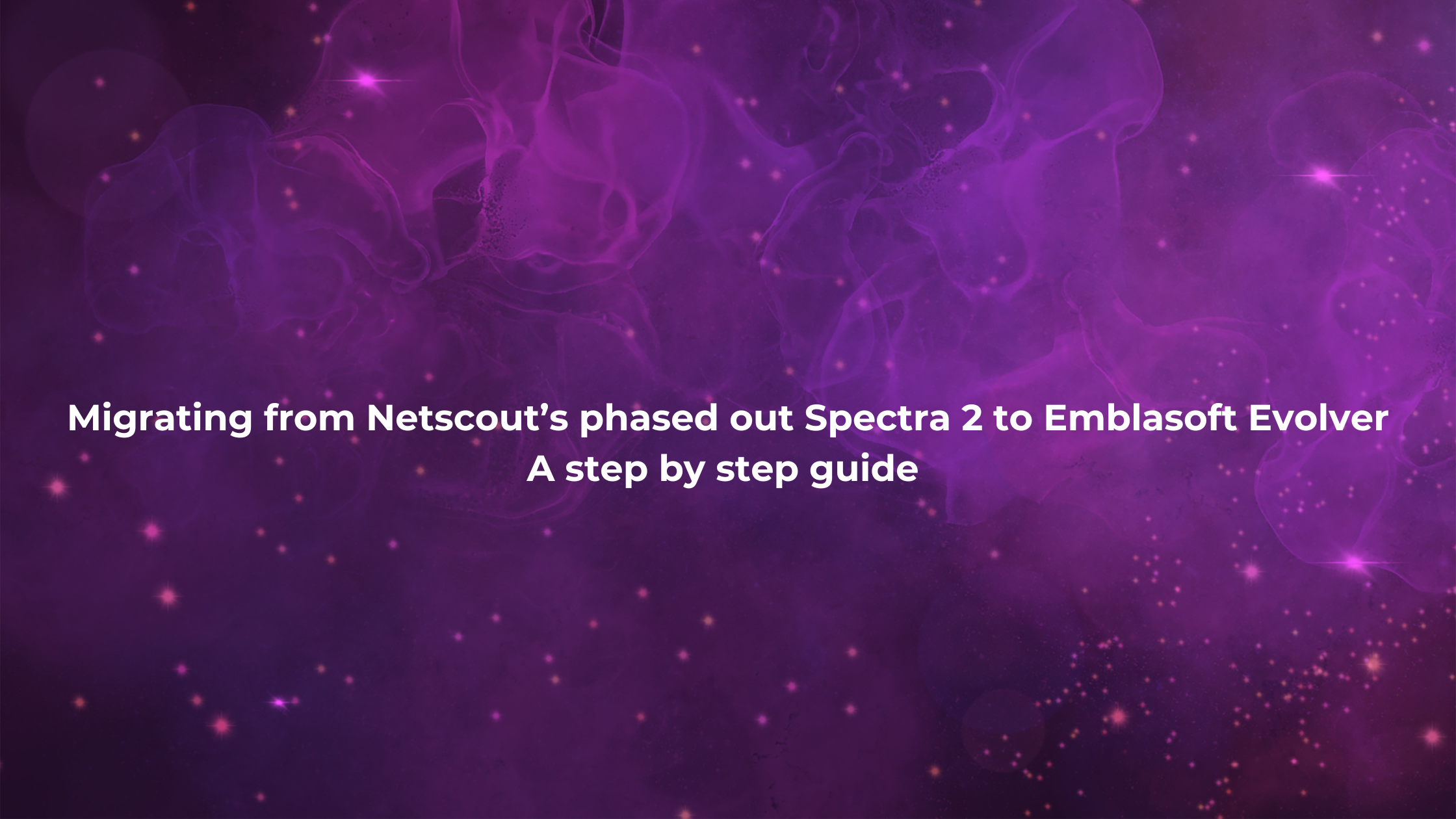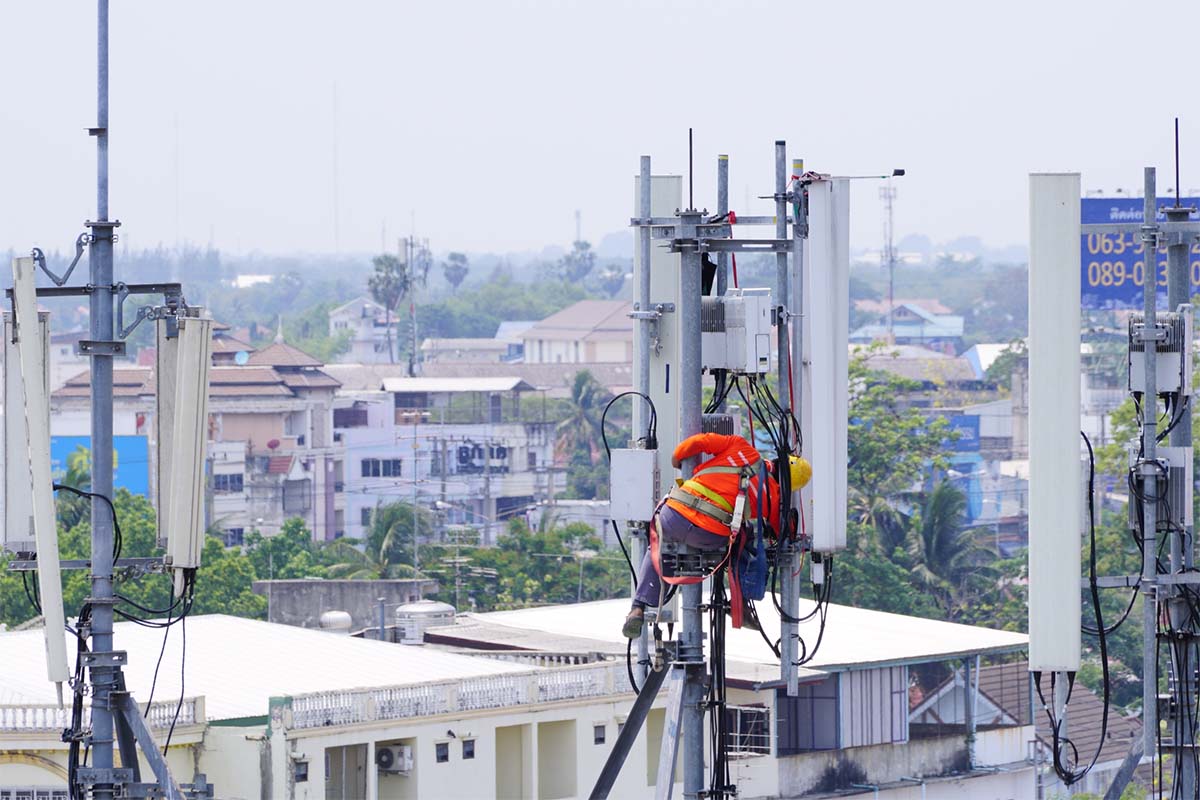Latest news and insights
Frame blog
Understanding the Significance of Transceiver Qualification
In the intricate web of optical networking, every component plays a pivotal role in ensuring seamless communication and data transmission. One critical component is the optical transceiver, serving as the bridge between fibre optic cables and network devices. However, not all transceivers are created equal, and ensuring their qualification is paramount for network reliability and performance….
Migrating from Netscout's phased out Spectra 2 to Emblasoft Evolver
Most third-party test and validation solutions were not built to handle the complexities of the 5G Standalone (5G SA) environment. As a result, many are being phased out, including Netscout’s Spectra 2, which will be retired before 2026. Evolver provides a comprehensive replacement solution—fully supporting 4G and 5G network interfaces, along with legacy SS7 and Diameter protocols.
The Challenges Facing Early Adopters of 800G Technology
As the digital era accelerates, the demand for faster, more efficient data transmission has never been more important. At the heart of this technological revolution lies the emergence of 800 Gigabit Ethernet (800G), a beacon of high-speed data transmission that promises to redefine network capabilities and support the data requirements of modern enterprises…
Introduction to PIM Hunting and Mitigation
PIM interference is a growing challenge for all wireless networks, particularly broadband-reliant cellular networks. PIM is not a new problem for cellular networks. Industry leaders have seen the issue grow for years and attempted to accommodate it. However, consumer demand has outpaced wireless infrastructure. Networks have worked quickly to establish new cell sites, which frequently increase PIM even as they grow capacity.
What is CMIS and why is it important?
CMIS (Common Management Interface Specification) is a management protocol used for optical transceivers operating at 100Gb/s and faster. As speeds supported by transceivers have increased so has the complexity of these modules and associated management of the operation of the modules…
Introduction to Interference Testing
Interference hunting is simply the identification of a device that is causing RF emissions that affect the performance of the RF network. Once the source of the interference has been identified, then it can be either shut down or in some cases, have its configuration changed or shielding applied to mitigate the effects on the RF network.






